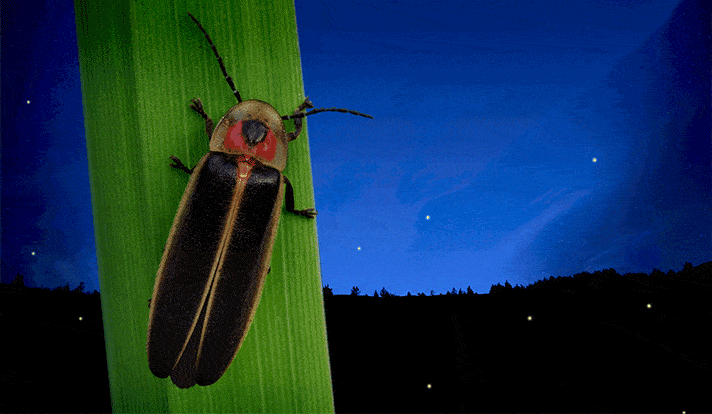Now we know how fireflies get their glow going.
Researchers at Yale, Connecticut College, and the University of Buffalo have determined the chemical processes at play when a firefly converts the chemicals in its body into a backyard light show. It’s a scientific riddle that has taken some 60 years to explain.
The key is an oxygen intermediate — called a superoxide anion — that has an extra electron and allows oxygen to interact with the chemical luciferin inside a firefly. The result is bioluminescence.
“It’s a pretty amazing system,” said Gary Brudvig, the Benjamin Silliman Professor of Chemistry and professor of molecular biophysics and biochemistry at Yale. “This will give us new insight into other natural light-generating systems, as well as artificial systems.”
Brudvig is co-author of a study detailing the discovery in the Journal of the American Chemical Society. Brudvig also is director of the Energy Sciences Center at Yale’s West Campus. The lead author of the study was Bruce Branchini of Connecticut College.
Brudvig and Yale postdoctoral associate David Vinyard used electron paramagnetic resonance (EPR) spectroscopy to confirm the formation of the superoxide anion involved in the glow process.
“Being able to connect chemistry to everyday life is a very good thing,” Brudvig said. “Everybody knows that fireflies are cool.”


